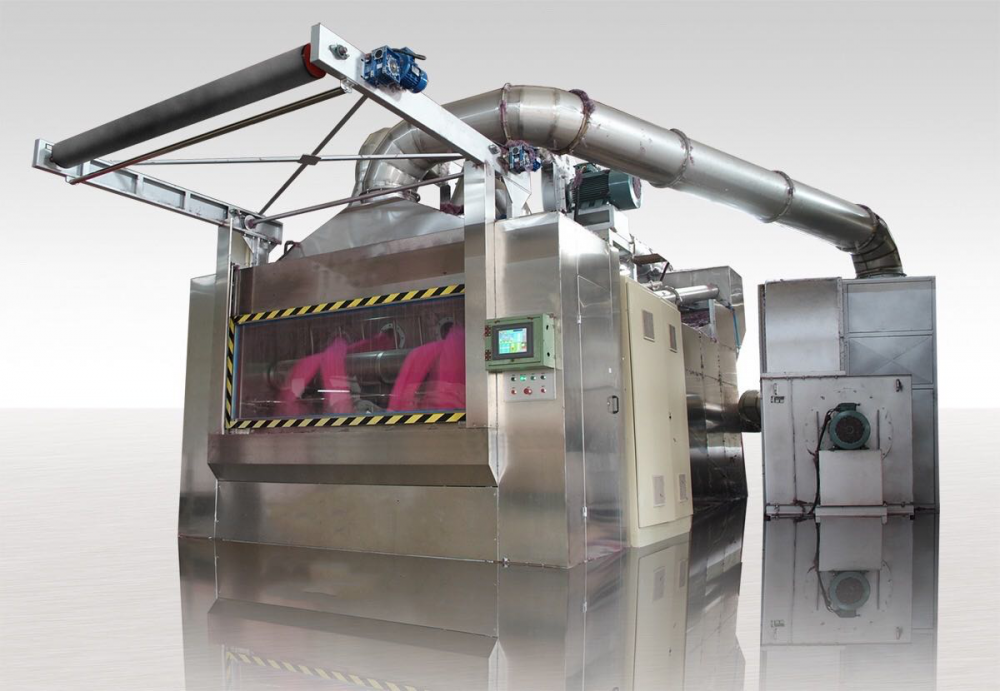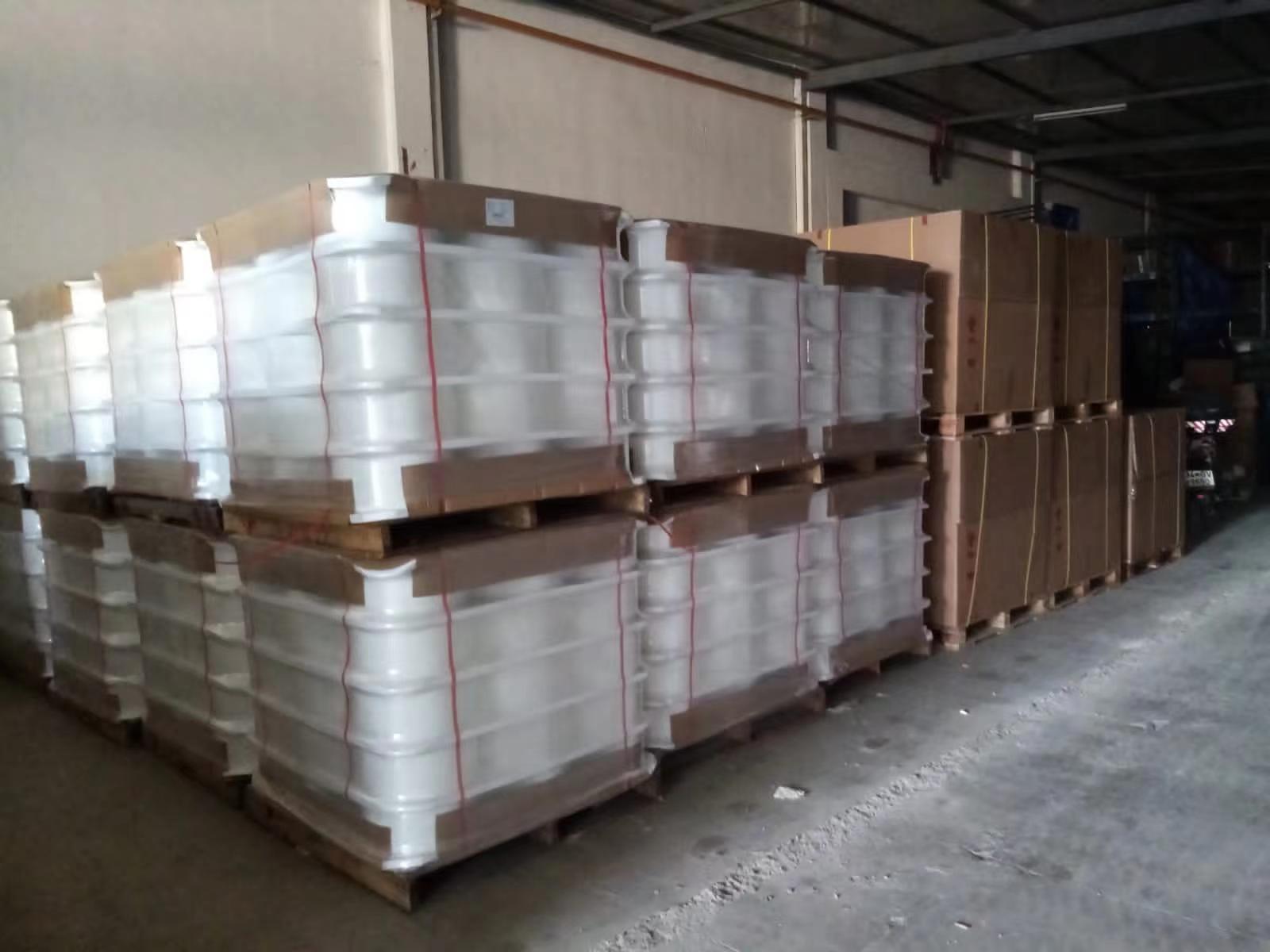At present, the valves commonly used in the production of various industries in our country are metal valves. The use of metal valves has been in the history of more than a hundred years. Although the structure and material improvements have been made during this period, the restrictions of metal materials themselves can not meet the requirements of high Wear, corrosion and other harsh conditions need. Mainly reflected in the short service life, a serious leak greatly affected the stability of the system operation. The traditional metal valve urgent need from the material, design and manufacturing processes and other aspects of the radical reform. As a new material in the 21st century, advanced ceramic materials have been valued by more and more scientific workers. Applying it to industrial valves is a bold and beneficial innovation. Ceramic material deformation is very small, much higher than the metal bonding strength, under normal circumstances the composition of the ceramic material crystal ion radius is small, and the ion price is high, with a large number of coordination, these properties determine the tensile strength of ceramic materials, Compressive strength, elastic modulus, hardness and so on are very high. However, ceramic itself "brittle" and difficult processing limits its scope of application, over the past decade, due to martensitic transformation toughening technology, composite materials technology and nano-ceramic concept of the development and progress have made ceramic " Brittle "has been greatly improved, its toughness and strength has been greatly improved, the scope of application continues to expand. In recent years, the new ceramic materials in the fields of petroleum, chemical, machinery and other applications is very active, the use of ceramic wear resistance, corrosion resistance made of wear-resistant parts instead of metal parts, is the important high-tech materials market in recent years One of the development direction. Ceramic valve has a huge social and economic benefits: 1. The use of new high-tech ceramic materials for the production of valve sealing parts and wearing parts to improve the valve wear resistance, corrosion resistance and sealing, greatly extending the life of the valve. 2. The use of ceramic valves can greatly reduce the number of valve repair and replacement, improve equipment operation system safety, stability, reduce labor intensity, saving equipment repair costs. 3. The use of ceramic valves to improve the sealing of industrial piping systems, while preventing leakage to a maximum extent, will play a positive role in environmental protection. 4. The wide range of raw materials used to make ceramics, low cost, with ordinary aluminum, carbon, silicon and other non-prime can produce superior performance of ceramic materials, can save a lot of metal materials and rare mineral resources. Wear-resistant ceramic valve is mainly used in electric power, petroleum, chemical, metallurgy, mining, sewage treatment and other industrial areas, especially in the face of high wear and tear, strong corrosion, high temperature, high pressure and other harsh conditions, but also shows its superior performance. It can meet the high wear and corrosion of the use of the environment, especially outstanding feature is the long life, its cost performance is far superior to other similar metal valves. With the continuous development and progress of science and technology, ceramic materials from the formula, molding, processing and assembly technology and other aspects of the technology is more mature and complete, ceramic valves with its excellent performance has been more recognized by the industry. The successful experience of using the manufacture of ceramic valves can also be applied to a wider range of engineering applications.
Warp Knitting Related Technologies
Warp knitting is a type of knitting where the yarns are fed in parallel to the fabric's length. This type of knitting requires specialized equipment and technologies to produce high-quality fabrics. Some of the related technologies used in warp knitting include:
1. Slitting machine: This machine is used to cut the fabric into smaller widths. The slitting machine is essential in producing fabrics with different widths for various applications.
2. Tumbling machine: This machine is used to soften the fabric and improve its texture. The tumbling machine is ideal for producing fabrics that require a soft and smooth feel.

3. Scutching Machine: This machine is used to remove impurities from the fabric. The scutching machine is essential in producing high-quality fabrics that are free from impurities.
4. Antipilling machine: This machine is used to prevent the fabric from pilling. The antipilling machine is ideal for producing fabrics that require a long lifespan and durability.
5. Mother yarn and mono yarn: These are the two types of yarn used in warp knitting. The mother yarn is used to create the base structure of the fabric, while the mono yarn is used to create the pattern or design on the fabric.

In summary, the above technologies are essential in producing high-quality fabrics using warp knitting. They help to improve the texture, durability, and overall quality of the fabric.Warp Knitting Related Technologies
suzhou cotex international Co.,Ltd , https://www.cotexmill.com


